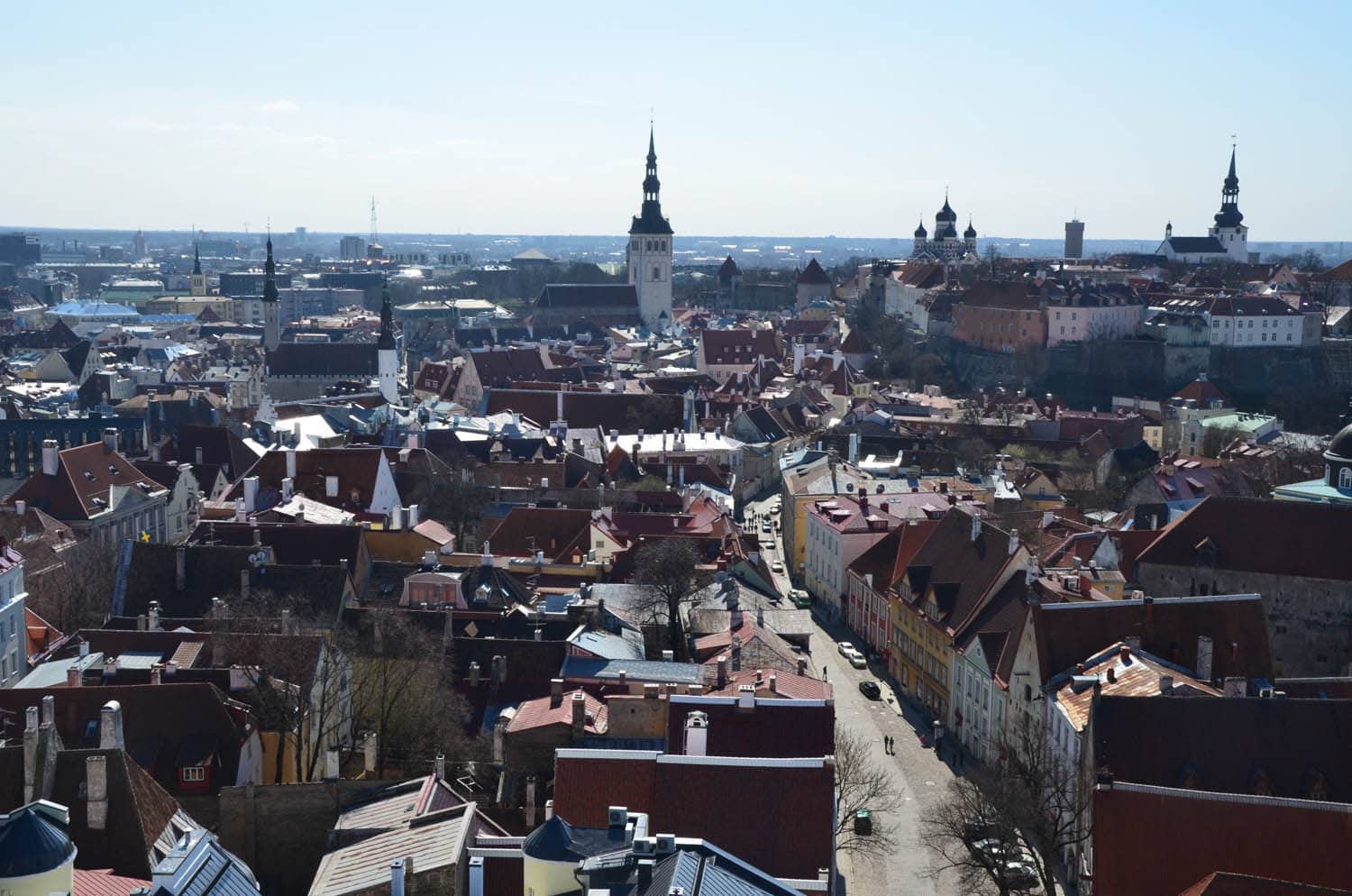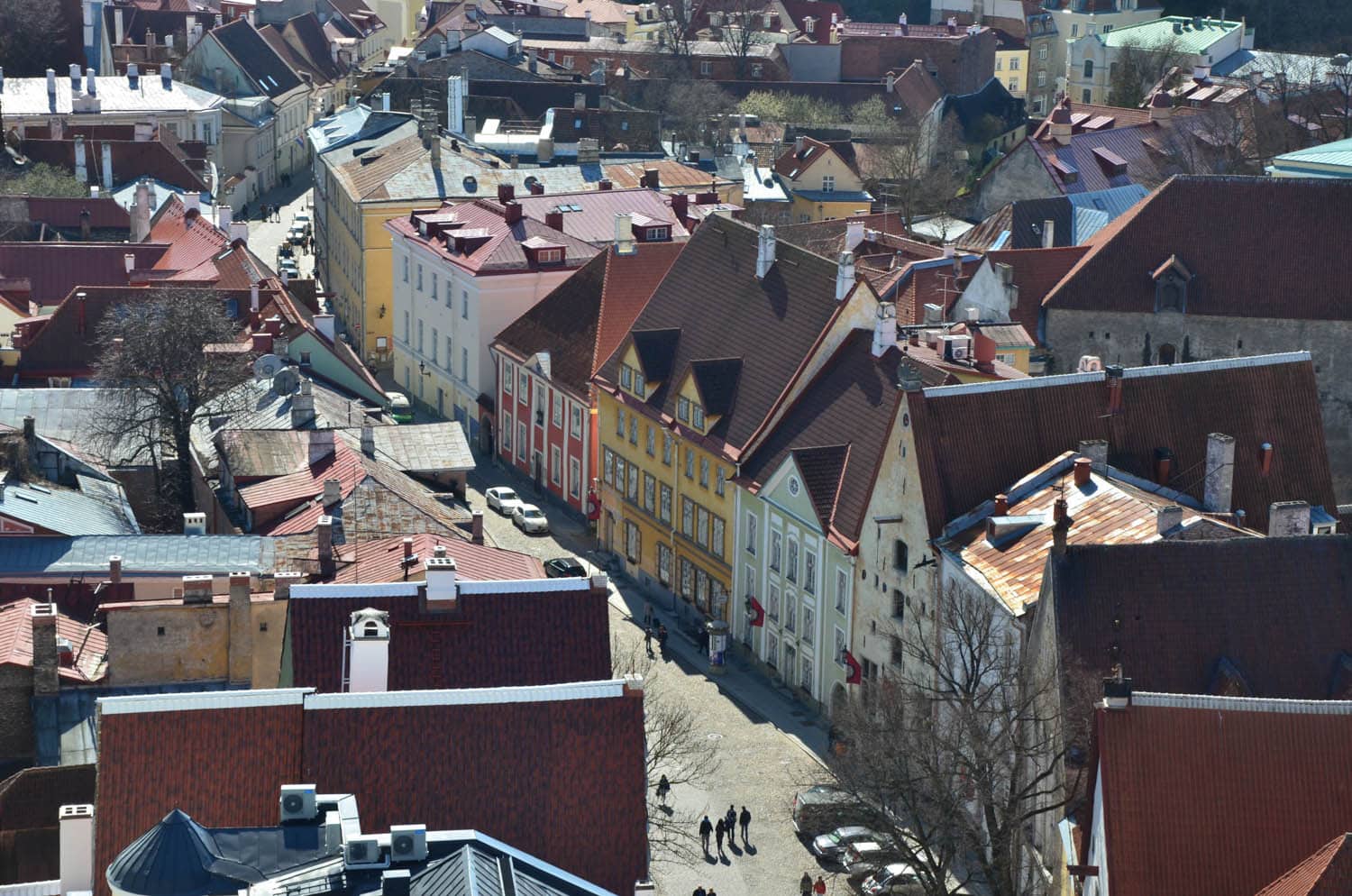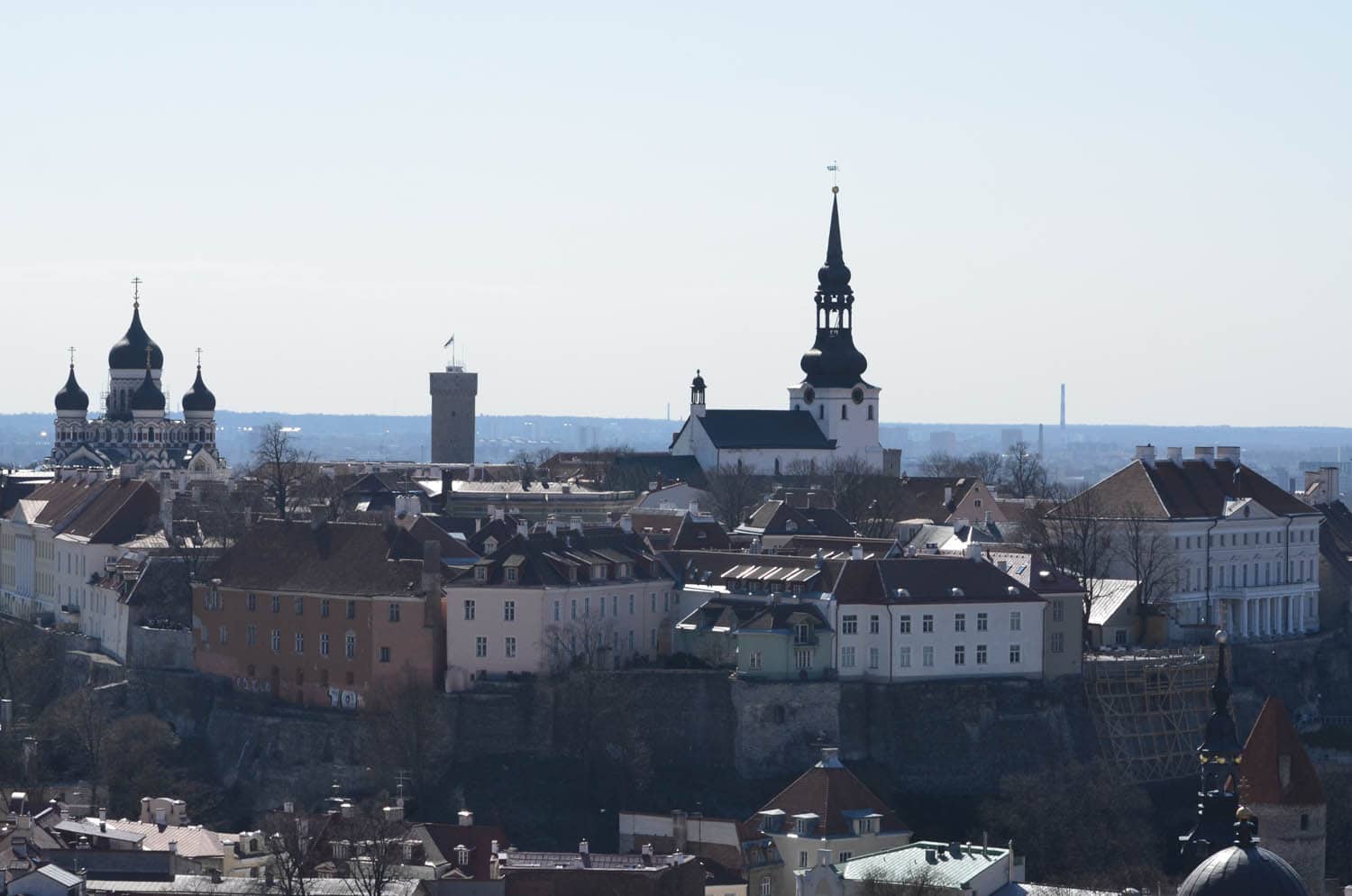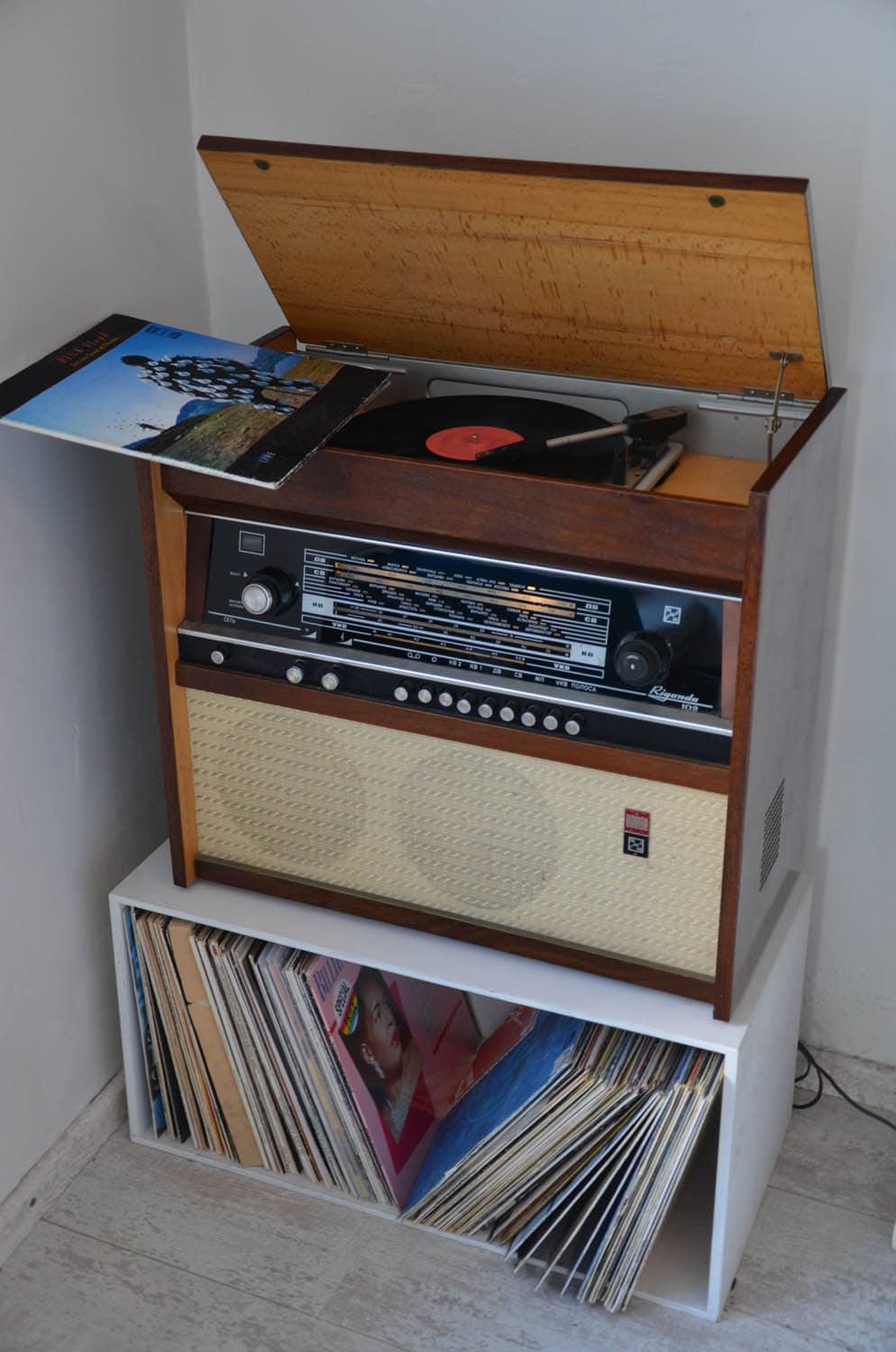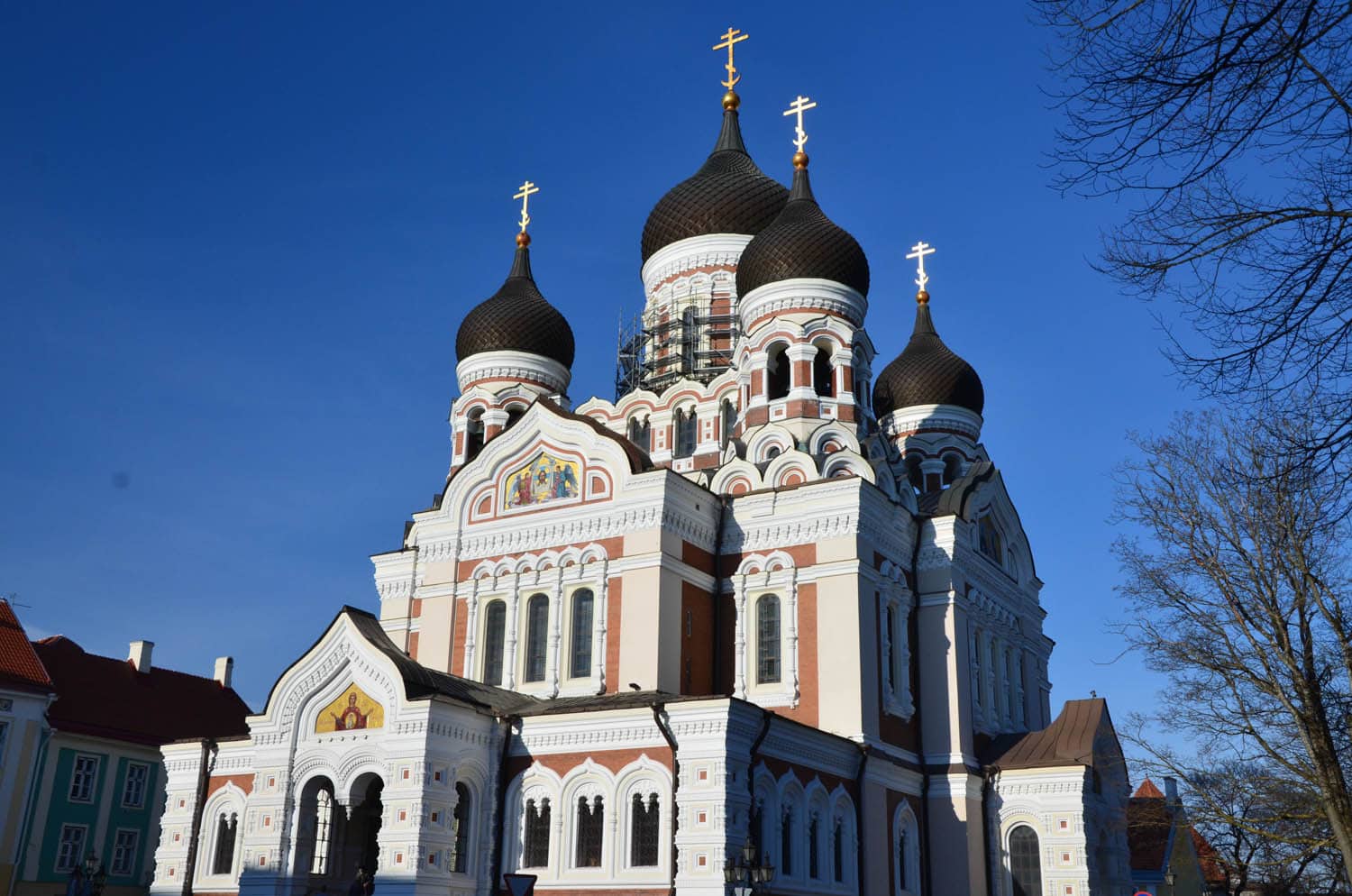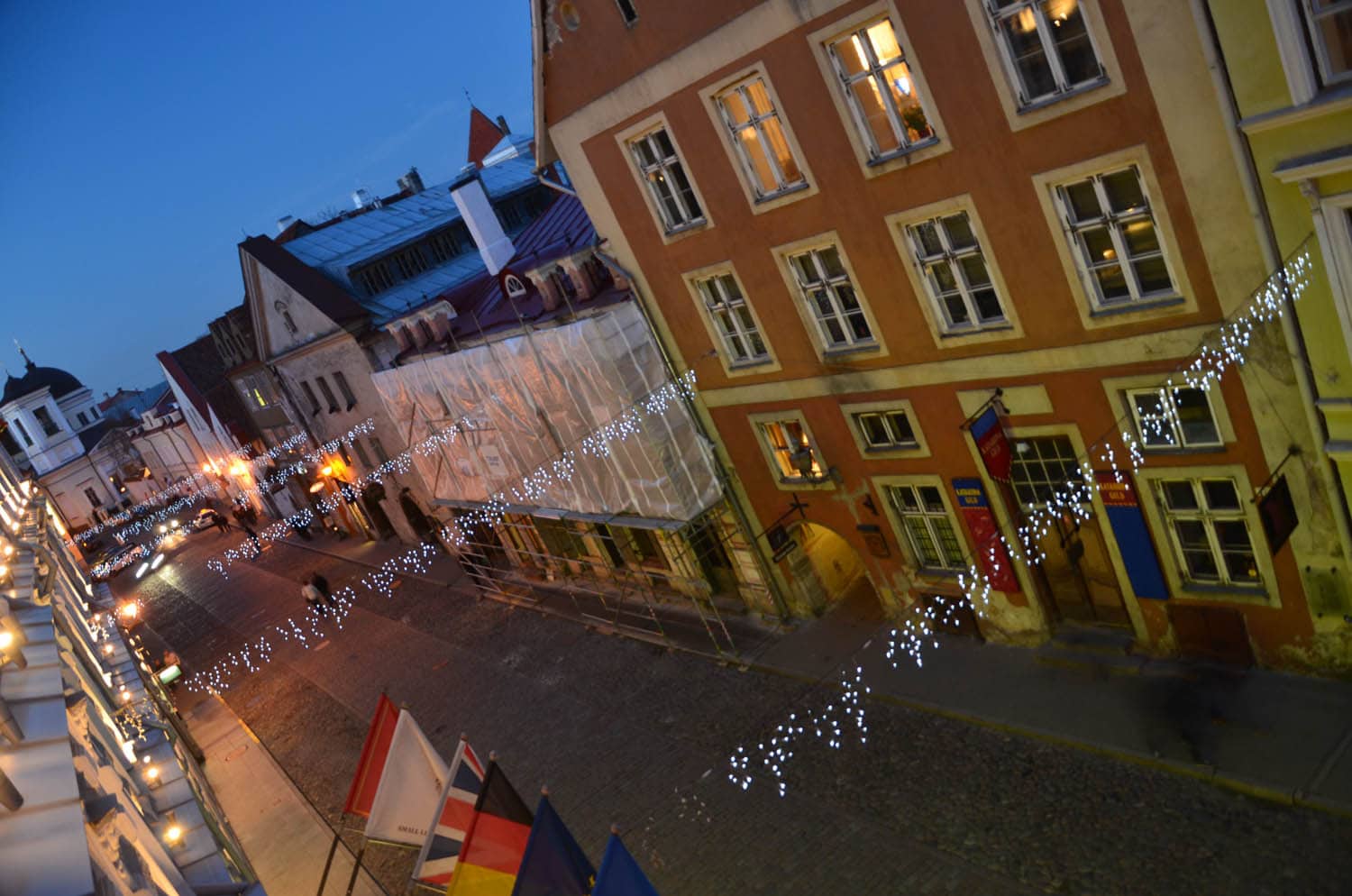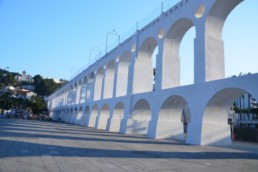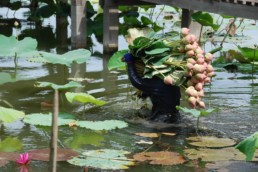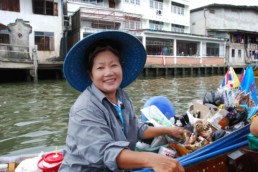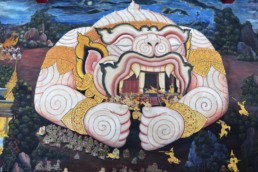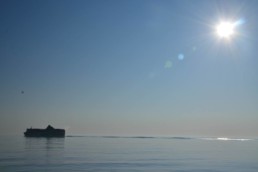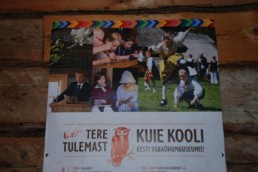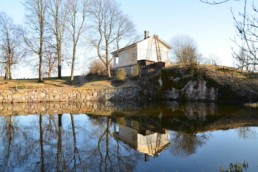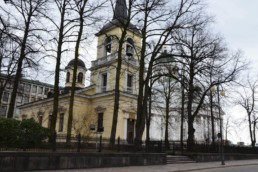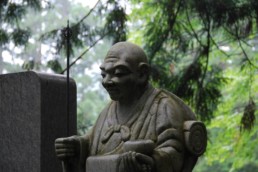April 19, 2014. Our ferry is to depart from Helsinki at 8:00 this morning. There are several lines to take you to Tallinn across the Baltic Sea, or to other destinations such as Saint-Petersburg, Stockholm, Riga, or even all the way down to Copenhagen or Malmoe.
As we are impatient to get to Tallinn, we have decided to take the express line which makes the crossing between Helsinki and Tallinn on large high-speed boats in about 1 hour 40 minutes.
It is early morning, passengers are not quite fully awake. We take our seats on board, and we order some dark coffee once the boat has left the pier.
Tallinn…..Just a few weeks ago, we were confusing the capitals of the Baltic Republics. Now, let me think, which city is the capital of Lithuania? Latvia? Estonia?…Shame on us! We must review the geography of North-East Europe! We remind ourselves that the 3 Baltic Republics are members of the European Union, and that in Estonia in particular, the Euro has been in circulation since 2013.
On the ferry ride, I am finishing up the reading of ‘’Purge’’ by Sofi Oksanen, which was a best-seller when it was published in 2008. This is really a great book, entertaining and at the same time, very interesting in its narration of the political history of the Baltic Republics at the Northeastern border of Europe. Sofi Oksanen was born from an Estonian mother and a Finnish father, a fitting symbol of the close relationship of Estonia and Finland over the centuries.
The boat is speeding ahead. Luckily the sea is very calm today. Well, no matter, I feel a little bit seasick. Must be the coffee!
Exactly on time, at 9:40 am, we arrive at Tallinn’s harbor. A 15-minute taxi ride, and we are dropped off at our hotel in the old town, Hotel Telegraaf, where we leave our luggage. Our room will be ready in the afternoon.
In a country of 1.2 million inhabitants, Tallinn counts about 400,000 residents. The historical center, old Tallinn, is a very beautiful medieval district which is still partially bordered by ramparts and which has been renovated with great care. It is very picturesque. We will spend the whole day walking up and down the narrow streets, climbing the stairs all the way to the top of quite a few bell towers to get a good view overlooking the town.
RAEKODA
Since it is just a very short walk from our hotel, we start off our visit with the City Hall Square (Raekoda). The imposing city hall building is of course the center piece of this plaza which has been very well renovated. The place is now a major touristic attraction.
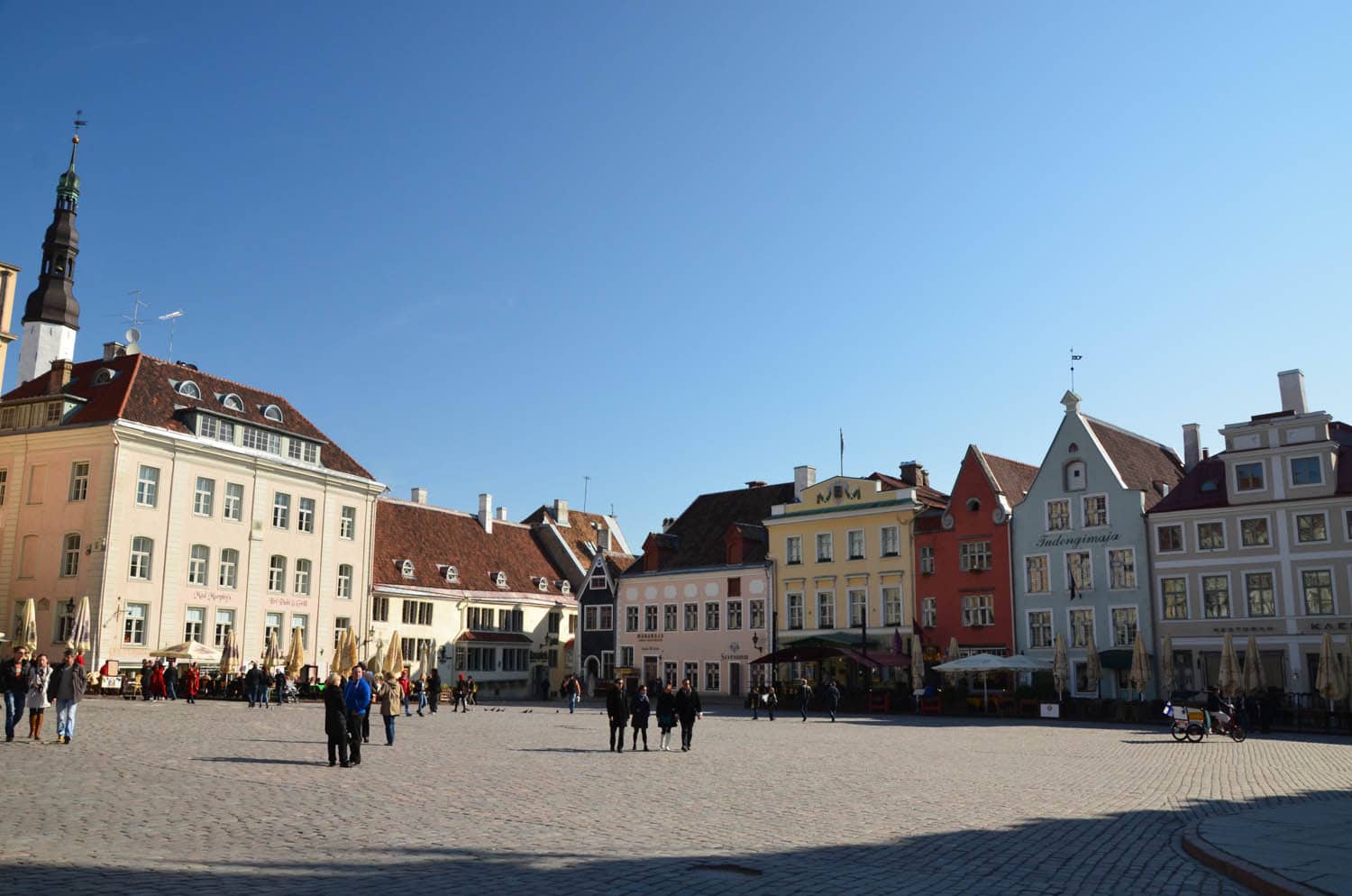

It is a beautiful day of spring, the sun is shining already.
TOOMPEA
We continue our walk upwards, heading for the upper part of town, Toompea, and towards the Alexander-Nevski Cathedral. This is a very impressive building whose architecture is modeled on 17th century Russian churches. The architect, Mikhaïl Preobajenski, was from Saint-Petersburg. Back then, the goal of the Russian authorities was to entice the Estonian population to abandon the Lutheran church in favor of the Orthodox faith. As we step inside, on this Easter weekend, an Orthodox religious service is under way.
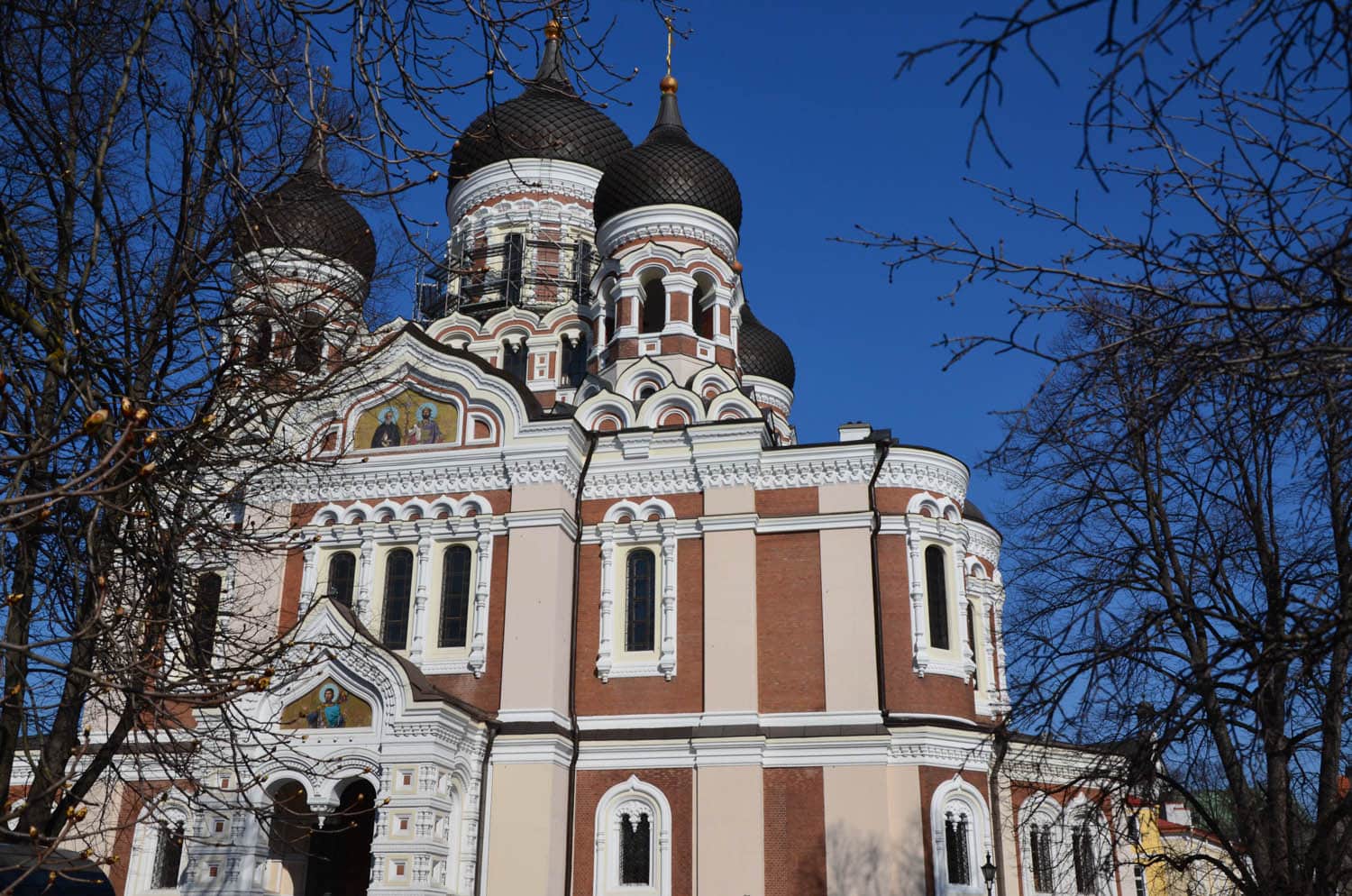
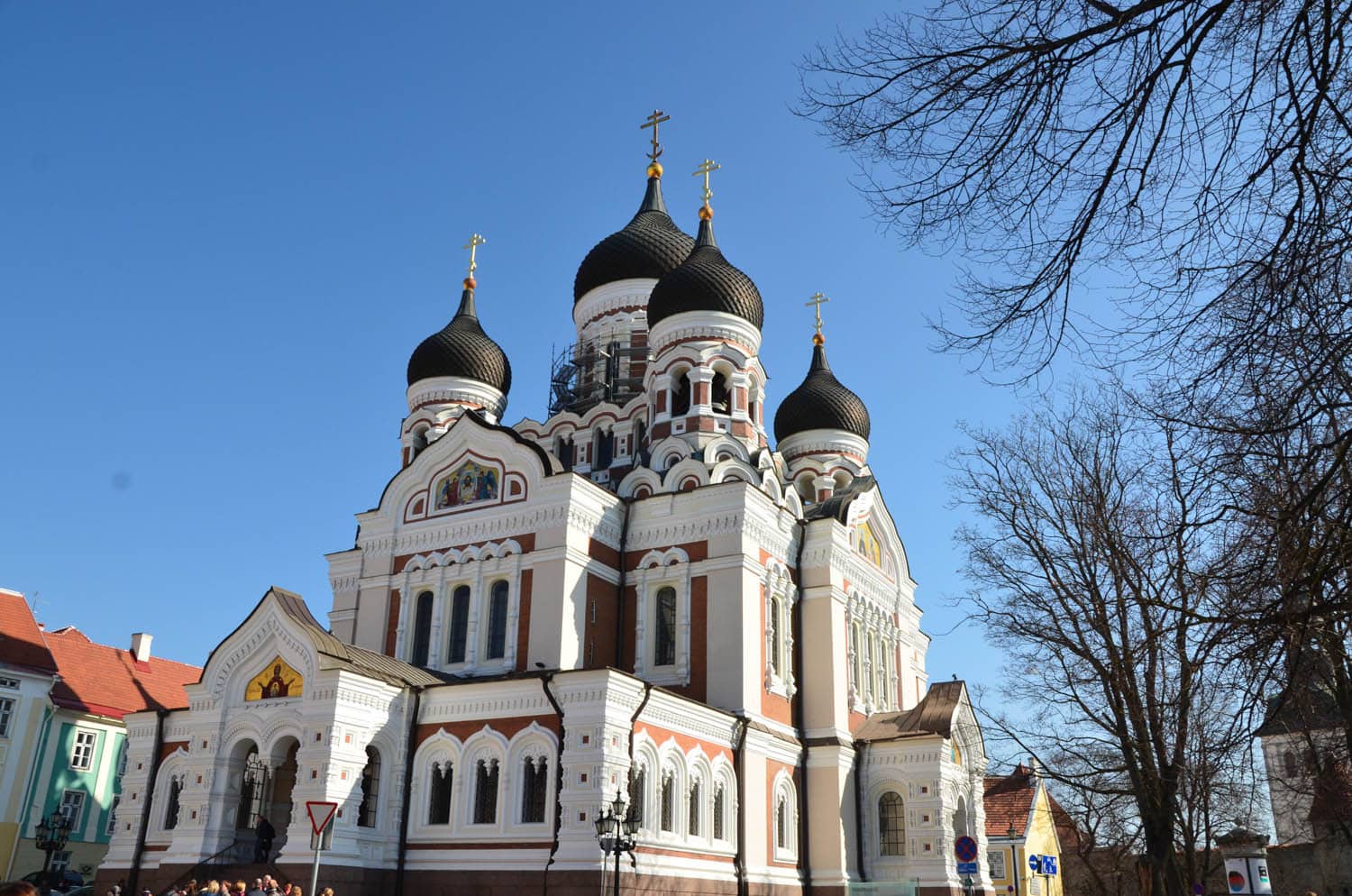
Back outside, we head for the Toom Kirik Lutheran cathedral, which is just a short walk away from the Alexander-Nevski Orthodox Cathedral. How convenient. We climb up to the top of the bell tower to enjoy the great viewpoint over the medieval city and… the Alexander-Nevski cathedral.
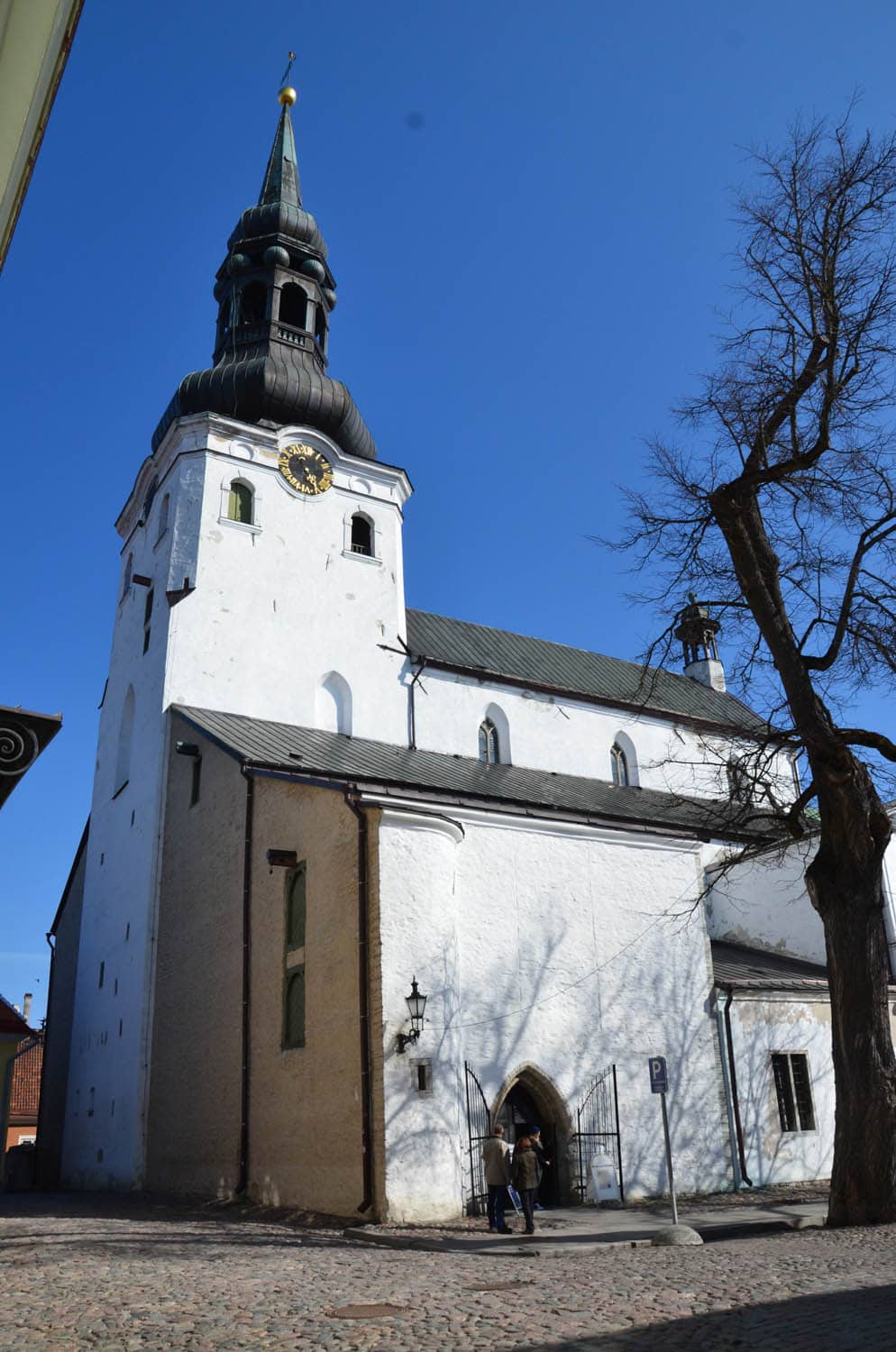
Built in the 13th century, the Toom Kirik Lutheran Cathedral is believed to be the first church in Estonia. After it was burnt down by a huge fire which destroyed Toompea in 1684, it was rebuilt in a baroque style and the bell tower was then added.
It is striking that so much history is housed within such a small perimeter. The casual visitor here can get a sense of the complex rivalry which took place inside the old city of Tallinn between the various religious faiths of East and West.
VANALINN
It is lunch time. We buy some quiches at Patisserie Bonaparte on Pikk Street, and sit down in a little square at the corner of Pikk and Pühavaimu. A pleasant rest under the shining sun.
Pikk Street is very a long street which starts at a gate under the ramparts to the North of the town and crosses the old town all the way down to the Raekoda Place. Along Pikk Street, you can admire very interesting building facades, with a great variety of styles because these houses were built at different times throughout the history of Tallinn.
Among those, for example, the old headquarters of the KGB, now retrofitted into apartment buildings….or going back further in the past, the houses of wealthy merchants from the medieval era.
We climb up the stairs of the bell tower of Oleviste Kirke, which was built in the 13th century. Up there at the top, we get to enjoy yet another great viewpoint over the old town of Tallinn and its marvelous and diverse architecture.
KALAMAJA
From the top of the Oleviste Kirke bell tower, we spotted the Kalamaja quarter which is located outside the ramparts, in the north-west part of the city. Kalamaja is known for its colorful wooden houses.
So we leave the old town and head for Kalamaja, a 30-minute walk from the north gate. There, it is a total change of atmosphere. Not a single tourist in sight! We encounter few people, actually, as we wander around the streets bordered by the colored wooden houses, all built in the same architecture. These houses were built in the 1920’s and 1930’s for the blue-collar population who worked in the factories which were established in the area because rail tracks had just been laid.
Some of these houses have been nicely renovated, while others have remained untouched.
It is a pleasant walk, and a welcome relief from the old town which is bustling with a bit too many tourists for our taste. As it is often the case, the historical center is so picturesque that it comes with a price: you have to put up with crowds of tourists in every street and in every restaurant or shop. Finding some authenticity in the area then becomes a little bit of a challenge.
Our visit of Kalamaja allows us to get a feeling of the local life in the Estonian capital.
Driven by our curiosity, and not by thirst we want to make clear, we enter into a liquor store. We have noticed a few of these liquor stores, and they look like a genuine and important part of everyday life in Tallinn. Inside, we are struck by a remarkable spectacle: in front of us, the wall is covered, floor to ceiling, with shelves stacked with hundreds of bottles of vodka of many different brands and different sizes. We did not even know there existed so many different sorts of vodka!
To our left, a similar display, this time of whisky bottles. We are fascinated. It is graphically very interesting and picturesque. An Estonian lady casually completes her shopping. As my husband grabs his camera, we are told by the store clerks in a tone which leaves no room for ambiguity, that photos are not allowed. What a pity! Next time we will proceed more discreetly!
Alcohol is inexpensive in Estonia thanks to very a low sales tax. And drinking vodka is an integral part of daily life. It is ingrained in the culture and the common practice. It is natural and obvious. Perhaps another example of Russian influence!
As we will see aboard the ferry going back to Helsinki, Finnish people come to Estonia to stack up on vodka and whisky. Clearly there is no stigma attached to drinking hard liquor in the Baltic countries. We will come back to this interesting topic in an upcoming post on the crossing of the Baltic Sea.
LINNAMUUR
We head back to the old town to take a closer look at the ramparts. Next to one of the North gates, we find the cool Coffee Bar 10-133 where we buy some cakes and brownies for a nice afternoon snack (see photos on our Instagram account). A beautiful vintage record player is playing a long-playing record by Pink Floyd. Amazing! We have not seen one of those in a very long time! It sounds great.
The Coffee shop does not have a web site…How refreshing!
We walk along the ramparts, on the side out. The ramparts still standing run for about 1.8 km on the North edge of old Tallinn. The fortifications go back to the beginning of the 13th century. The towers have been maintained in an extremely good shape. It is said that underneath the walls, there is a long maze of underground pathways.
As we make our way towards the castle, we walk by our dear friend the Alexander-Nevski Cathedral which is still quite busy on this Eastern weekend.
ROTERMANN
We have chosen to cap the day with a visit to the Rotermann quarter for dinner. Although just a quick walk from the old town, Roterman is much less touristy and there you will find good restaurants where you will not have to put up with cheap medieval skits. Rotermann is mostly made of former factories which have been renovated and retrofitted to house trendy stores, restaurants and offices.
We bump into a restaurant in a concept store which looks cool. Too bad, it is fully booked for the night. If you have a chance, go check it out and let us know! Here it is: Resto Sfäär.
Instead we will have dinner at Platz: nothing overly fancy, but good contemporary food in a ‘cuisine nouvelle’ style.
It has been a great day of sightseeing and discoveries. Fully satisfied, we walk back to our hotel inside the old town. We were lucky to be upgraded to the President’s suite, with a balcony overlooking Vene Street….Good night. See you tomorrow.
Vue du balcon














